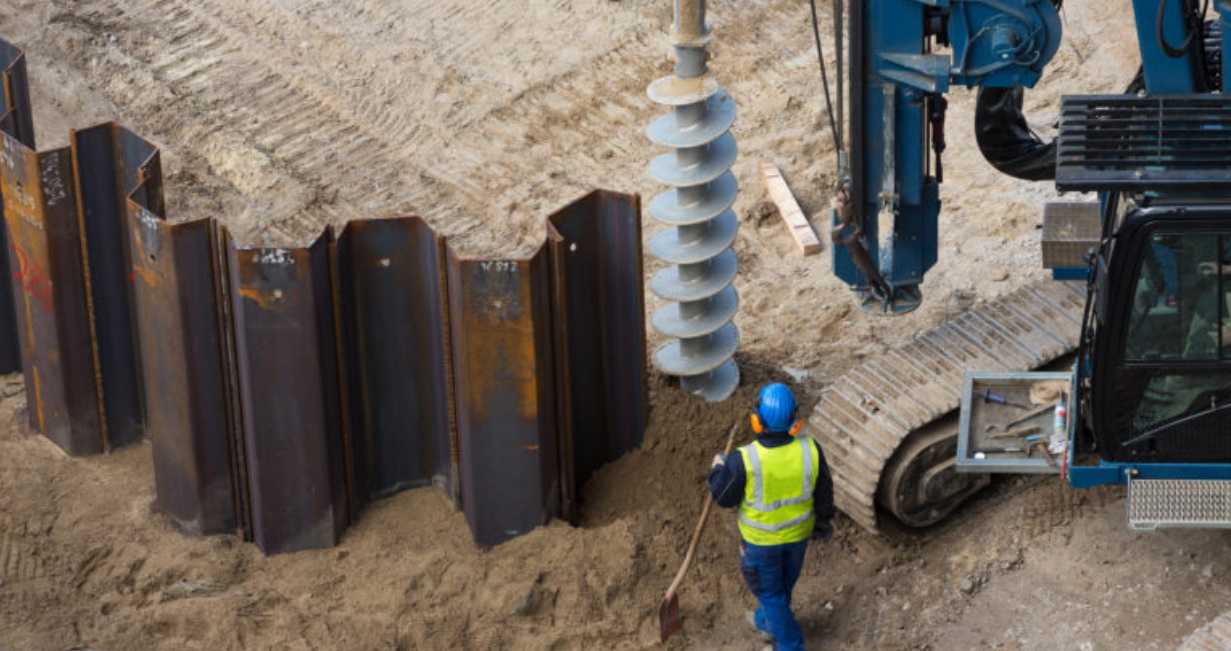How to Guarantee Safe and Secure Sheet Pile Installations
- Written by Modern Australian

Before a house gets to the completion stage, it is expected to pass through construction phases, including the Sheet piling stage, a construction procedure adopted by builders to provide both temporary and permanent walls on the construction site.
The primary purpose of using sheet piling techniques during construction is to support excavation and achieve soil retention. It also helps in creating a border that keeps the soil away from the structure under construction. However, all of these can not be achieved unless the sheet piles are built to be qualitative and durable. Thankfully, this article will teach you some top quality control measures for sheet pile installation.
Technical details on sheet pile
Sheet piles are designed to interlock each other and require great care during the installation phase. The steels are arranged in a sequence directly along the area where the excavation is carried out. So, when the sheet pile is placed together, they provide the structure with the needed support. However, depending on the builder's objectives, sheet piling can be for permanent or temporary support along with anchors to provide additional support.
As stated earlier, the installation can either be on a temporary or permanent basis. If the building is aimed at permanent installation, it implies that its purpose is long service life. To ensure the sheet are correctly installed, a vibratory hammer is used to make the sheet firm. In a situation where the ground surface is hard, then impact hammers are used instead. Also, the condition of the site will determine whether the constrictors will hydraulically push the sheet piles to the ground or not.
Furthermore, in a situation where the sheet pile is rotten or no longer in good condition, the sheet can be recycled or reused for other purposes instead of disposing of it.
How sheet pile works
Most sheet piles are made from steel, but you can also use wood and vinyl sheets for their production. Irrespective of the material used in making sheet piles, the significant factor is that the sheets have features that can make them interlock. What more? It must also be easy to drive into the ground for easy installation.
However, most building and construction companies prefer to use sheet piles made from steel because of stability and strength. It is most appropriate to withstand considerable bending and pressure.
Essential quality control for sheet pile installation
Essential quality control for sheet pile installation can be divided into general, stock and handling, equipment selection.
General
General covers the entire phases on sheet pile. It includes activities before the installation, construction methodologies, and various components relating to the retaining wall.
Stacking and handling
Stacking and handling deals with the arrangement of the sheet pile on and off the construction site. It focuses on every aspect that deals with the safety of the sheet pile, from the arrangement to how the sheets are stacked together.
Equipment selection
To ensure the safety of the sheet pile and the construction personnel, it is highly recommended that piling operations be carried out using either hydraulic or vibratory hammers. The vibratory hammer has proven to be efficient on pile installation. At the same time, hydraulic hammers can work underwater and are also suitable for driving and extracting piles.
Final thoughts
When you implement quality controls during sheet pile installation, you stand a better chance of getting the best out of your construction projects. This is because it will help in forestalling any awful disaster. Sheet pile installation quality control measures are deployed by all reputable fuel system maintenance contractors, to ensure safe and secure installations that stand the test of time.



















